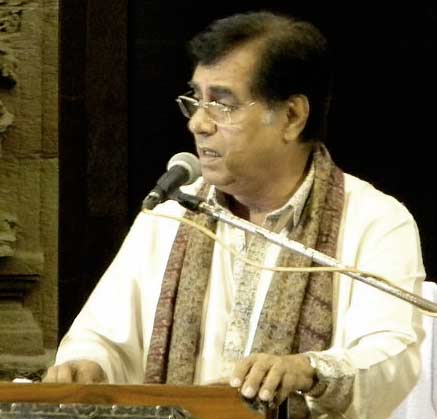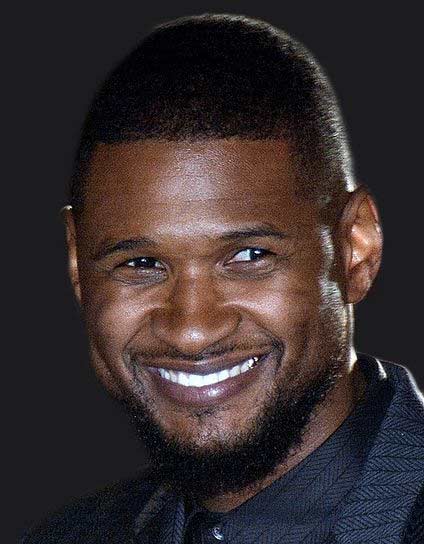| Full Name | Francis Albert Sinatra |
| Date of Birth | December 12, 1915 |
| Place of Birth | Hoboken, New Jersey, U.S. |
| Date of Death | May 14, 1998 |
| Place of Death | Los Angeles, California, U.S. |
| Burial Place | Desert Memorial Park |
| Net Worth | $200 million |
| Occupations | Singer, actor, producer |
| Years Active | 1935–1995 |
| Political Party | Republican (after 1972) |
| Other Political Affiliations | Democratic (until 1972) |
| Spouses | Nancy Barbato (m. 1939; div. 1951) |
| Ava Gardner (m. 1951; div. 1957) |
| Mia Farrow (m. 1966; div. 1968) |
| Barbara Marx (m. 1976) |
| Children | Nancy, Frank Jr., Tina |
| Parents | Antonino Martino Sinatra, Natalina Garaventa |
| Genres | Traditional pop, easy listening, jazz, swing, big band |
| Instruments | Vocals |
| Labels | RCA Victor, Columbia, Capitol, Reprise, Warner Bros. |
| Formerly of | Rat Pack |
| Website | sinatra.com |
| Signature | |
| Nicknames | Chairman of the Board, Ol’ Blue Eyes |
| Record Sales | Estimated 150 million globally |
| Notable Albums | The Voice of Frank Sinatra, In the Wee Small Hours, Songs for Swingin’ Lovers!, Sinatra-Basie: A Historic Musical First, It Might as Well Be Swing, September of My Years, Sinatra at the Sands, Francis Albert Sinatra & Antonio Carlos Jobim, Francis A. & Edward K. |
| Famous Songs | “My Way”, “New York, New York” |
| Notable Films | From Here to Eternity, The Man with the Golden Arm, The Manchurian Candidate, On the Town, Guys and Dolls, High Society, Pal Joey, Tony Rome |
| Major Awards | Academy Award for Best Supporting Actor, Golden Globe Award, Golden Globe Cecil B. DeMille Award, Presidential Medal of Freedom, Congressional Gold Medal, Grammy Awards (including Trustees Award, Legend Award, Lifetime Achievement Award) |
| Honors | Kennedy Center Honors, Time magazine’s 100 Most Influential People of the 20th Century |
| Critical Acclaim | Called “the greatest singer of the 20th century” by Robert Christgau |





